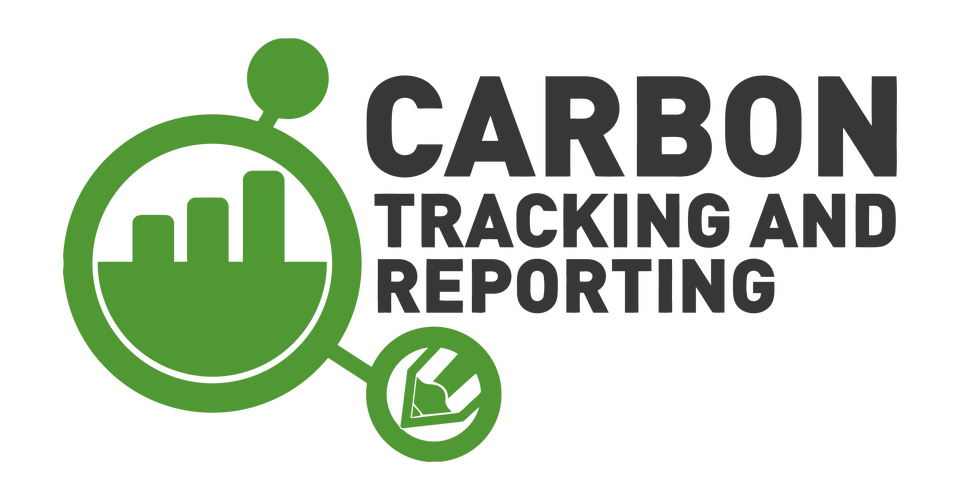Operating as a global company entails navigating a complex landscape, with various stakeholders actively seeking information for their ESG (Environmental, Social, and Governance) reports. In this dynamic environment, investors are placing an increasing emphasis on precise ESG reporting, recognizing its pivotal role in assessing corporate sustainability and responsibility. To effectively align with your company’s ESG goals and meet the evolving expectations of stakeholders, collaboration with suppliers is paramount. Working closely with suppliers to ascertain the carbon intensity of their products is not just advantageous but imperative in today’s sustainability-driven market.
Concurrently, your operations team plays a pivotal role in driving sustainable practices within the organization. By actively engaging in initiatives to enhance production processes, your team aims to reduce the carbon intensity of your offerings, thereby contributing to your company’s broader sustainability objectives.
However, amidst these internal efforts, it’s essential to remain cognizant of external regulatory developments that may impact your operations. Notably, Europe has recently implemented the Carbon Border Adjustment Mechanism, a significant regulatory shift aimed at addressing carbon emissions. As this mechanism gradually transitions into effect, proactive planning within Europe becomes essential, with the potential for its global expansion looming on the horizon.
The introduction of the Carbon Border Adjustment Mechanism brings about complexities in managing carbon intensity information, underscoring the need for robust data management solutions. In this context, the relevance of P6, with its capabilities to provide enhanced data accuracy and facilitate seamless communication, becomes increasingly evident. By leveraging P6, your company can navigate the intricate landscape of carbon intensity management effectively, ensuring compliance with regulatory requirements and meeting the expectations of stakeholders across the supply chain.
You can get more information at https://taxation-customs.ec.europa.eu/green-taxation-0_en



